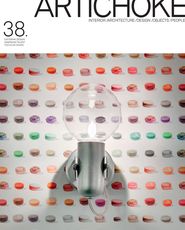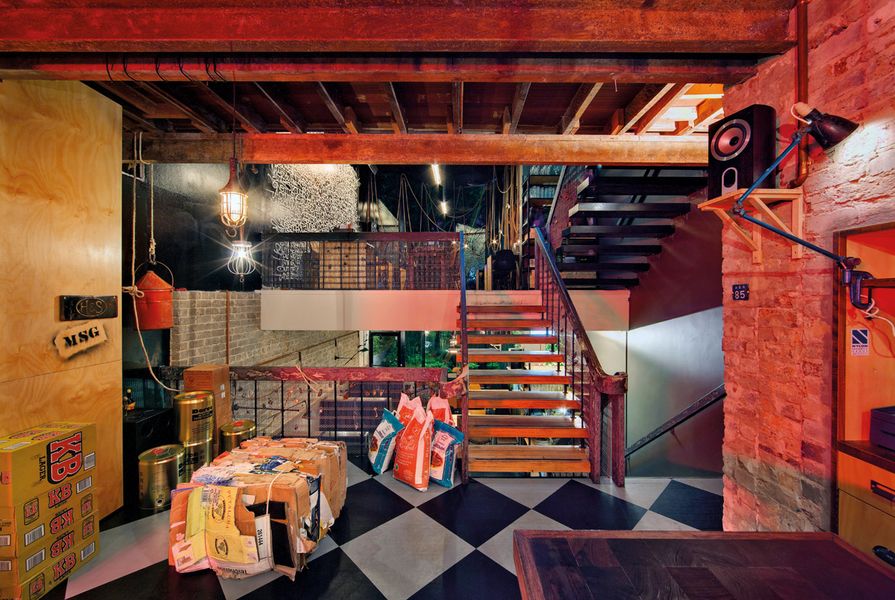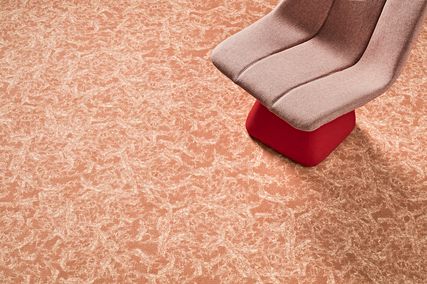The choice facing Sydneysiders when deciding where to go for a drink has recently become more difficult – and what a great thing. Those in Sydney now have options aside from the large, traditional pub – they can now venture somewhere that’s more intimate, less casino-like, and, well, a bit more Melbourne. In 2007, John Thorpe, former president of the Australian Hotels Association, said of people living in Sydney: “… we don’t want to sit in a hole and drink chardonnay and read a book.” But it seems he was wrong and there are now new bars popping up all over Sydney that allow just this. So who should we be toasting? Clover Moore, New South Wales MP and Lord Mayor of Sydney, it seems.
Clover Moore pushed for liberalized licensing laws with her small bars legislation, which was passed in New South Wales Parliament in 2008. In the City of Sydney council area, a “small bar” caters to fewer than one-hundred-and-twenty patrons and the primary purpose is the sale of liquor for consumption on the premises. There is still a process of approval and licensing, although it is now less onerous and costly. Previously, drinks could only be served with a meal and liquor licenses cost tens of thousands of dollars, making it a poor business proposition that was leaving Sydney thirsty. Explore Sydney’s drinking culture now and you have bars ranging from Grandma’s, a basement bar in Clarence Street that feels more like a small living room than a traditional Sydney drinking spot, to temporary pop-up bars that are making the most of Sydney’s harbour. So in this explosion of new bars, what part has design played in their creation?
In the case of Stitch Bar in York Street, design has had a big impact. The space previously accommodated an alterations business. Old Singer sewing machines placed beneath the bar, the dress patterns on the walls and the sewing machine cabinets reborn as tables all pay homage to its past. This eclectic mix gives great character to the space, and was designed by the owners. The dress-making materials in the street window complete the theme.
At Grandma’s Bar, the owners’ concept is again on display. They’ve created a cosy, intimate and friendly place – like visiting grandma’s house. It’s 1950s, with Australian-designed furniture and fittings, vinyl coverings, formica, rocking chairs and lounges. There’s even some knitting. Tucked away, the bar allows patrons to unwind after a busy day.
There are also temporary bars to choose from. The Premise, a pontoon bar located at Mrs Macquarie’s Chair, provided a wonderful backdrop for a drink this past summer. Drambuie offered the public the chance to design and open a bar, with entry to the competition in the form of a short video. The winner was The Premise by Simon Connett and Matilda Swan for Dispensary and is a retake on Drambuie’s claim as Scotland’s Bonnie Prince Charles Stuart’s elixir. It transported patrons back in time to an apothecary’s lab with wooden cabinets, dark timber, chemist’s bottles, mortars and pestles, and leather tub chairs.
Architect Kelvin Ho of Akin Creative and interior designer Sibella Court have created an inviting space at Ms G’s in Victoria Street, Darlinghurst. Chefs Dan Hong and Jowett Yu wanted patrons to dine in a place where they would feel at home. The split-level Ms G’s includes a top-floor bar and three restaurant levels, each with its own feel. A striking feature is the wall of lyrics, created by graffiti artist Unique, which has white lettering standing off the black background. Coffee bean bales reborn as ceiling panels, ropes, exposed beams, old stools, newspaper clippings and the odd beer crate bring the edgy feel together. Near the entrance is a pink neon sign that reads “six two one,” the chemical name for MSG.
A total contrast to Ms G’s is Wine Odyssey, located at The Rocks. In a restored nineteenth-century corner pub, patrons sample wines from Australian independent winemakers in high Victorian ambience. The design has focused on the building’s past – original paint and wallpaper restored and copied. An open fire in a Victorian parlor completes the look.
So, has Sydney eclipsed Melbourne with its arrival of new bars or will Melbourne always have the edge? It’s early days. Melbourne has what Sydney sold to developers in the 1960s – laneways – and while many of the proprietors of adjacent buildings are being encouraged to open laneway bars, in turn revitalizing neglected urban fabric, it’s taking time to catch on. The Grasshopper bar in Temperance Lane is a good example. The interior, designed by Peck von Hartel, is very 1960/70s with kung-fu prints hanging above lounges and chairs. The Grasshopper is waiting on the Roads and Traffic Authority to grant permission for laneway use. Once permission is granted an outdoor, semi-grungy space will complete The Grasshopper’s funky vibe.
Melbourne may always have the monopoly on laneway bars but Sydney is rapidly developing its own selection. These are not always in laneways, but they are nevertheless filled with character, intimacy and that table where you can read a book with a great glass of wine.
Credits
- Project
- Grasshopper
- Site Details
-
Location
1 Temperance Lane,
Sydney,
NSW,
Australia
- Project Details
-
Status
Built
Category Hospitality, Interiors
Credits
- Project
- Ms G's
- Design practice
-
Akin Creative
Surry Hills, Sydney, NSW, Australia
- Site Details
-
Location
155 Victoria Street,
Potts Point,
Sydney,
NSW,
Australia
- Project Details
-
Status
Built
Category Hospitality, Interiors
Source

Discussion
Published online: 2 Aug 2012
Words:
Robert Morley
Images:
James O'Neill,
Murray Fredericks
Issue
Artichoke, March 2012

















